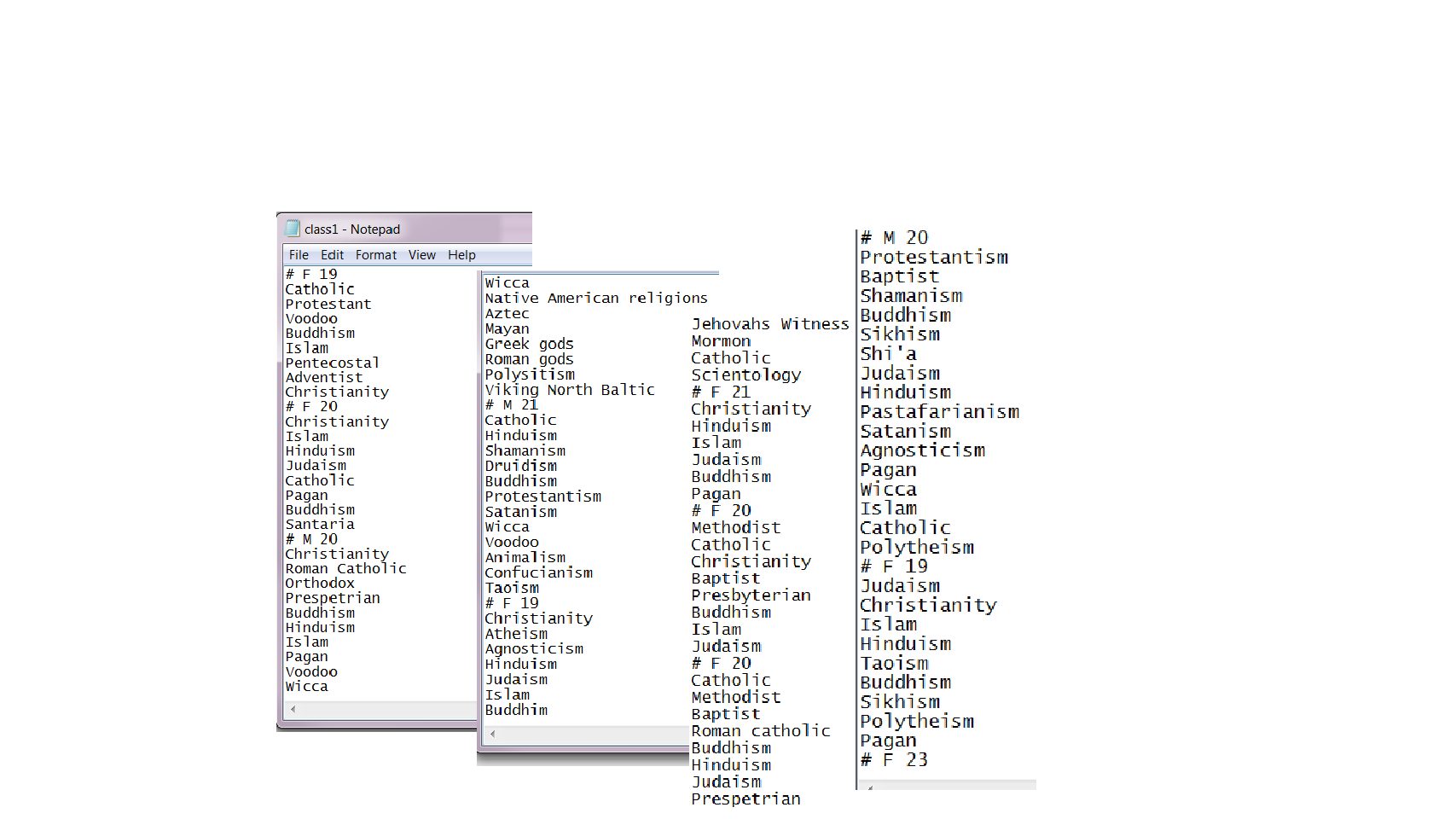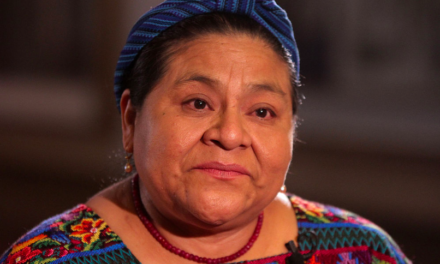Wesley Allen-Arave
University of New Mexico
March 7, 2017
Research in anthropology requires a balance of flexibility and focus. A challenge in anthropology graduate training is imparting students with flexibility to adapt their research plans as complications and insights arise without tempering the students’ focus on recording compelling data for their research question(s). Unlike scientists in disciplines characterized by tightly controlled lab experiments, anthropologists generally observe people in their natural environments and lack control over the research setting. This creates unforeseen challenges for even the most carefully considered research plans, but also sets up exciting opportunities for new insights. Although the structure of publications and grant proposals obscure the often accidental nature of discoveries by embedding unforeseen results in theory after a researcher arrives at a logical explanation for them, serendipity surely leads researchers across academic disciplines to discoveries. Indeed, many discoveries are unlikely to be made through reason alone and may even require some serendipity. By living alongside the people under study, fieldworkers inevitably have observations, conversations, and shared experiences that relate to broad aspects of the everyday lives of the people in the study community. This exposure to aspects of people’s lives beyond just the narrow aspects that a researcher reasoned to be relevant to a research question at the outset of a study can lead to new insights and/or spur exciting new research avenues.
I have found that the immersive and challenging aspects of studying people in their natural environments has enriched my own research. Early in graduate school, I was given an opportunity to conduct fieldwork with Ache forager-horticulturalists in Paraguay. We sought to determine whether the well-known unconditional band-wide food pooling that the Ache exhibit during extended forest foraging treks holds when the Ache are at the reservation where the social atmosphere is characterized by larger group sizes, more predictable food sources, and increased opportunities for privacy. Our initial plan was to collect food production, transfer, and consumption data at the level of each individual. We quickly found out, however, that residents of a household routinely eat from a common plate and freely pass food items back and forth. This made it unfeasible for us to track individual consumption, but also led us to the important realization that when food donors send food shares to a specific household they cannot target one desired recipient, but instead can expect all present members of the recipient household to consume portions. We realized that the relevant decision for a food sharer and the appropriate level of data analysis on the reservation, then, is at the household level. We also collected data to test for common explanations in behavioral ecology for resource sharing, including 1) imbalanced aid given to close kin and 2) balanced reciprocal exchanges among non-kin. Unexpectedly, we found 1) a nepotistic bias with households giving preference to close kin that return more aid rather than to close kin that benefit more from the aid and 2) imbalances in aid that favor “needier” households irrespective of kin ties. Our systematic data collection rooted in hypothesis testing enabled our discovery of unexpected patterns that we only found after carefully examining the data and likely would have missed if we had relied on our intuition to detect discernible patterns of behavior. Indeed, it is through careful collection and analysis of clear data that produces reliable results that are consistent with results obtained through alternative methods that findings which are not obvious become established. Subsequently, Dr. David A. Nolin has found similar patterns of food transfers as responses to similar adaptive problems for sea-hunters in Indonesia.
In my current research on charitable giving, serendipity has again led me somewhere very different than I initially anticipated. When I first conceived of this research, I imagined donors writing checks from the privacy of their homes and envisioned charities as intermediaries that separate donors and recipients, thereby preventing reciprocity. I saw charitable giving as a means to study unreciprocated generosity (much like that observed in Ache food transfers that favor “needier” households). However, as soon as I began interviewing people about their charitable donations, I quickly discovered that donations are often deeply embedded in social relationships. My research on charity now explores much more interesting aspects of social relationships and social reputation than I could have ever anticipated at the outset.
The challenging and immersive aspects of studying people as they go about their normal lives often upset a research plan, but can also lead to important serendipitous insights. Students in anthropology are more likely to produce interesting knowledge from their research if they are guided to focus on recording compelling data for their research question(s) while remaining open to adapting their research plans as unforeseen complications or new insights arise. As a basis for this, students need a strong grounding in theory in order to understand what data is significant for their research question(s) as well as the significance of important chance events. Students would also benefit from learning about the obstacles and serendipitous insights that have changed the course of prior research projects but are not customarily elaborated on in the tidy, straightforward narratives presented in publications. Such training is not easy to impart in students, but the rewards are worth the endeavor.
Wesley Allen-Arave (University of Utah, BA; University of New Mexico, MS, PhC) studies human cooperation in the contexts of both traditional small-scale societies and industrialized large-scale societies. His research explores related aspects of resource exchange, public goods provisioning, social relationships, and social reputation. Wesley is currently an executive board member of the AAA’s Society for Anthropological Sciences. http://orcid.org/0000-0002-7967-4969




